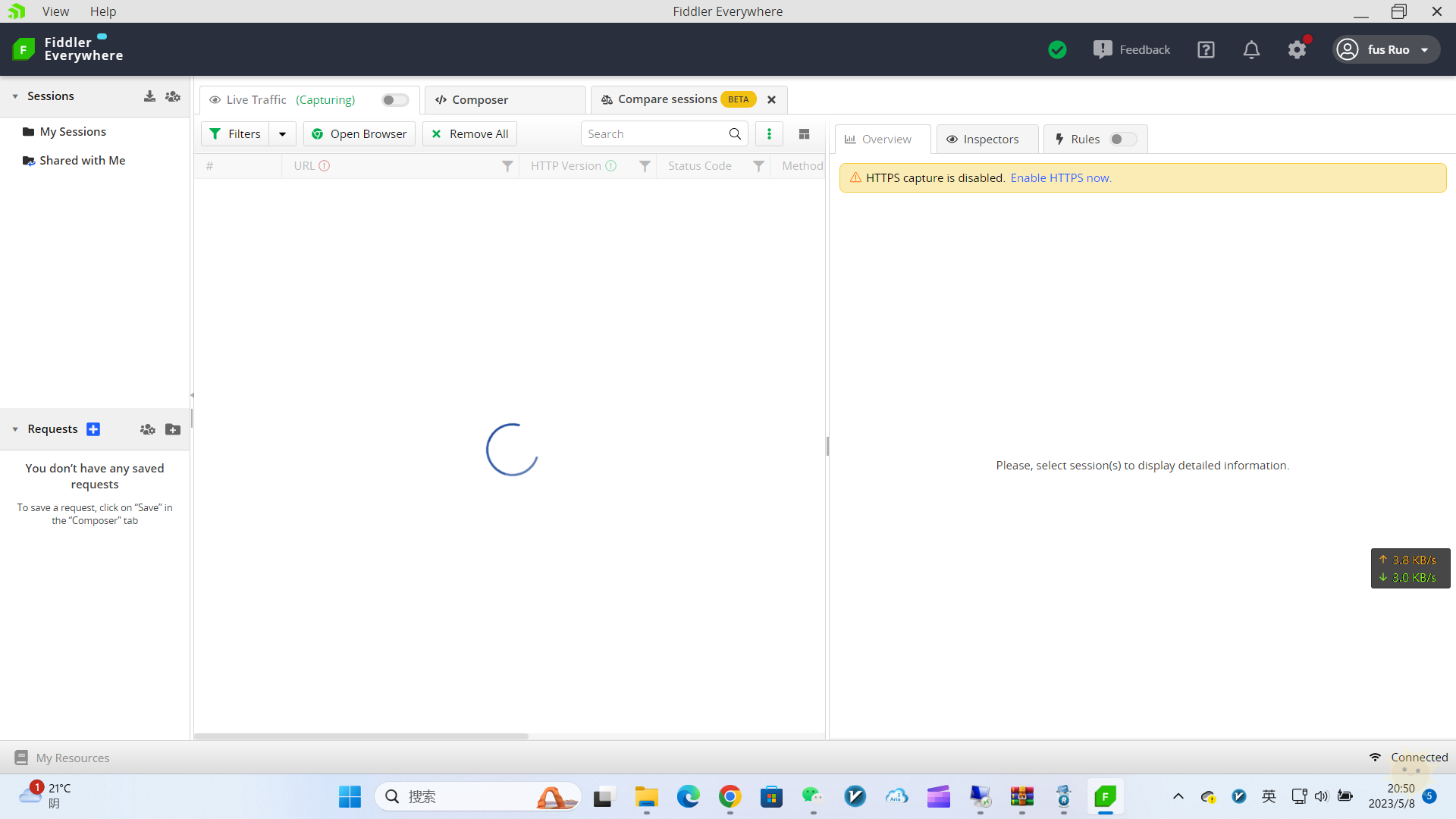![图片[1]-【JavaEE初阶】阻塞队列深度解析-山海云端论坛](https://www.shserve.cn/wp-content/uploads/2024/03/20240327152919573-image-1024x536.png)
阻塞队列是一种特殊的队列,遵守“先进先出”的原则。它是一种线程安全的数据结构,具有以下特性:
- 当队列满时,继续入队列会阻塞,直到其他线程从队列中取走元素。
- 当队列为空时,继续出队列也会阻塞,直到其他线程往队列中插入元素。
阻塞队列的一个典型应用场景是生产者消费者模型,这是一种常见的开发模式。
🌳生产者消费者模型
![图片[2]-【JavaEE初阶】阻塞队列深度解析-山海云端论坛](https://www.shserve.cn/wp-content/uploads/2024/03/20240327152112716-image.png)
生产者消费者模式通过一个容器解决生产者和消费者的强耦合问题。耦合是模块之间的相互关联,紧耦合会增加维护成本,而松耦合则提高了系统的可维护性。生产者和消费者之间通过阻塞队列进行通信和协调,实现了解耦。
在该模型中,生产者生产完数据后直接将其放入阻塞队列,而消费者则从阻塞队列中取出数据进行处理,彼此之间无需直接通讯。
🍀Java标准库中的阻塞队列的使用
Java标准库中内置了阻塞队列,可直接使用。使用时需注意以下几点:
- BlockingQueue是一个接口,具体实现类有多种。
- put方法和take方法是阻塞式的入队列和出队列操作,当队列已满或为空时会阻塞。
- offer、poll、peek等方法不带有阻塞特性。
示例代码:
<code>BlockingQueue<String> queue = new LinkedBlockingQueue<>(); queue.put("abc"); // 入队列 String elem = queue.take(); // 出队列</code>🚩标准库实现消费者生产者模型
使用Java标准库可以轻松实现生产者消费者模型。以下是一个简单的示例代码:
<code>public class ThreadDemo1 { public static void main(String[] args) { BlockingDeque<Integer> blockingQueue = new LinkedBlockingDeque<>(); Thread customer = new Thread(() -> { while(true) { try { int a = blockingQueue.take(); System.out.println("消费元素为:" + a); } catch (InterruptedException e) { throw new RuntimeException(e); } } }); Thread producer = new Thread(() -> { int n = 0; while(true) { try { System.out.println("生产元素为:" + n); blockingQueue.put(n++); Thread.sleep(500); } catch (InterruptedException e) { throw new RuntimeException(e); } } }); customer.start(); producer.start(); } }</code>🍃阻塞队列的模拟实现
自己模拟实现阻塞队列时,需要考虑线程安全问题。可以使用synchronized关键字进行加锁控制,并在队列满或空时使用while循环进行判断和等待。
示例代码:
<code>public class MyBlockingQueue { private int[] items = new int[1000]; private int head = 0; private int tail = 0; private int size = 0; public synchronized void put(int value) throws InterruptedException { while (size == items.length) { this.wait(); } items[tail] = value; tail++; if (tail >= items.length) { tail = 0; } size++; this.notify(); } public synchronized Integer take() throws InterruptedException { while (size == 0) { this.wait(); } int result = items[head]; head++; if (head >= items.length) { head = 0; } size--; this.notify(); return result; } }</code>测试代码:
<code>public class ThreadDemo2 { public static void main(String[] args) { MyBlockingQueue queue = new MyBlockingQueue(); Thread customer = new Thread(() -> { while (true) { try { int result = queue.take(); System.out.println("消费: " + result); } catch (InterruptedException e) { e.printStackTrace(); } } }); Thread producer = new Thread(() -> { int count = 0; while (true) {</code>
try { System.out.println("生产: " + count); queue.put(count); count++; Thread.sleep(500); } catch (InterruptedException e) { e.printStackTrace(); } } }); customer.start(); producer.start(); } }测试结果显示了生产者和消费者的交替工作,实现了生产和消费的平衡。
⭕总结
阻塞队列是一种重要的数据结构,在多线程编程中具有广泛的应用。通过阻塞队列,可以实现生产者消费者模型,解耦生产者和消费者之间的关系,提高系统的可维护性和稳定性。Java标准库中提供了BlockingQueue接口,可直接使用内置的阻塞队列实现。自己模拟实现阻塞队列时需要考虑线程安全和阻塞等待的问题,可以通过加锁和wait/notify机制实现。

















暂无评论内容